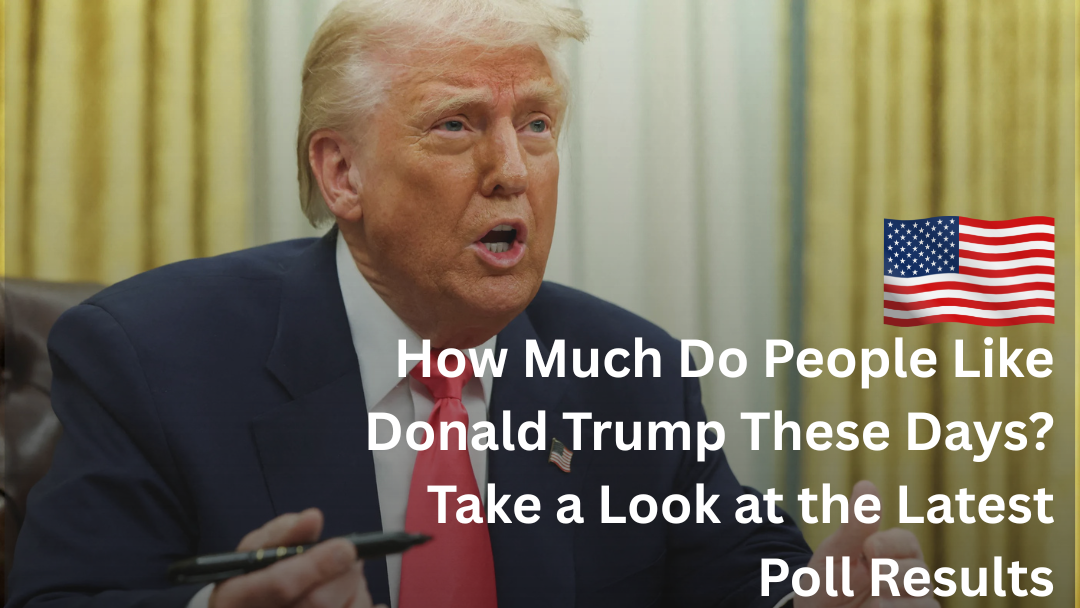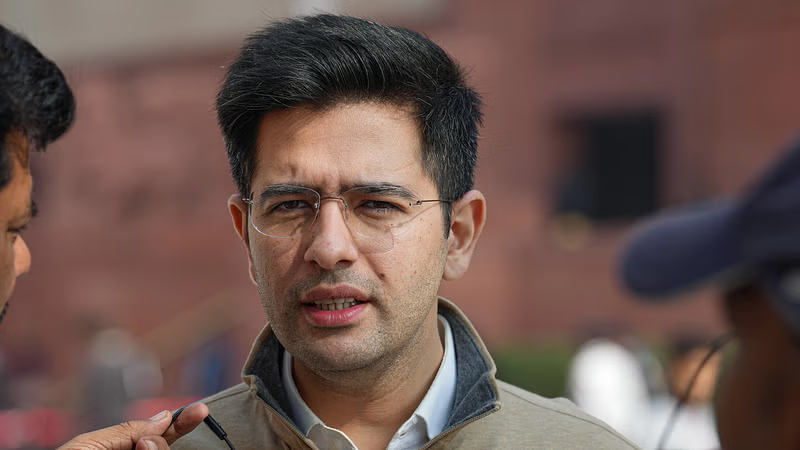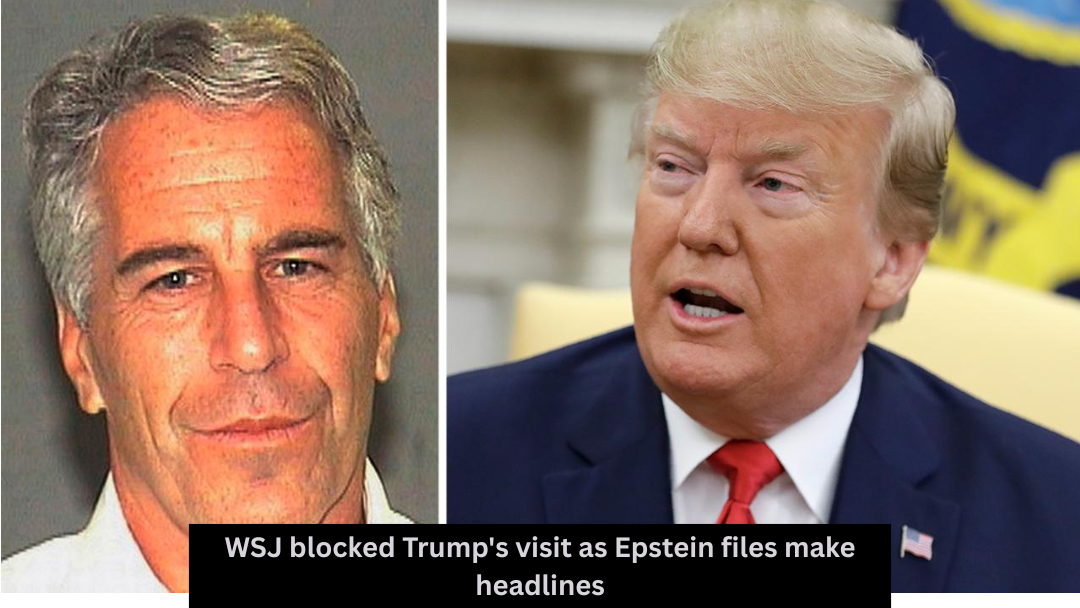Tesla’s Potential Entry into the Indian Market has been making headlines, signaling a transformative shift in India’s electric vehicle (EV) sector. After years of speculation, Tesla is now fast-tracking its plans to launch in India, with recent developments suggesting the company is moving towards an official entry.
Elon Musk’s growing interest in India’s expanding EV market, along with the government’s push for clean energy adoption, has paved the way for Tesla’s arrival in the country. Reports indicate that Tesla is scouting locations for its showrooms in New Delhi and Mumbai, while also engaging in discussions regarding local manufacturing.
Why is Tesla Entering the Indian Market Now?
India is the world’s third-largest automobile market, but its EV penetration is still in the early stages compared to the U.S. and China. The Indian government, under Prime Minister Narendra Modi’s leadership, has been actively promoting electric mobility through initiatives like the Faster Adoption and Manufacturing of Electric Vehicles (FAME) program and production-linked incentives (PLI) for EV manufacturers.
Tesla’s expansion aligns with these policies, and Musk has previously acknowledged discussions with the Indian government regarding import duty reductions, potential manufacturing plants, and charging infrastructure development.
Key Developments Supporting Tesla’s Entry:
-
Tesla’s Meeting with Indian Government Officials:
- In recent months, Tesla executives have met with top Indian officials to discuss tax incentives and manufacturing prospects.
- The government is reportedly considering lowering import duties on EVs for companies that commit to local manufacturing, making India a more attractive market for Tesla.
-
Showroom and Service Center Expansion Plans:
- Tesla has been scouting premium locations in Mumbai and New Delhi for its first showrooms.
- The company is expected to establish Tesla Experience Centers where customers can explore the vehicles before making a purchase.
-
Local Production Possibilities:
- To make its vehicles more affordable in India, Tesla may set up a manufacturing plant in the country.
- Karnataka, Maharashtra, and Gujarat are among the states being considered for Tesla’s Gigafactory, following Musk’s statement that Tesla aims to expand “where demand is strong.”
-
Competition with Indian EV Players:
- Tesla’s entry will challenge Indian EV manufacturers like Tata Motors, Mahindra Electric, and Ola Electric, which currently dominate the domestic EV space.
- Foreign automakers like BYD and Hyundai are also strengthening their presence in India, intensifying the competition.
Challenges Tesla May Face in India
Despite the excitement, Tesla will have to navigate several challenges:
- High Import Duties: Tesla’s EVs, if imported, could be expensive due to India’s high import taxes (up to 100%) on luxury electric cars.
- Price Sensitivity of Indian Consumers: Unlike markets like the U.S. or Europe, India’s EV segment is still price-conscious, with most EV sales happening in the ₹10-20 lakh ($12,000-$25,000) range. Tesla’s premium pricing may limit its initial reach.
- Charging Infrastructure: India’s EV charging network is still in the early stages of development. To succeed, Tesla may have to invest heavily in Supercharger networks across major cities.
Tesla’s Future in India: What to Expect?
With Tesla’s Potential Entry into the Indian Market, India’s EV sector is set for significant growth and transformation. If Tesla sets up a manufacturing base, it could drive cost reductions, increased EV adoption, and technological advancements in the industry.
Moreover, Tesla’s presence might encourage the Indian government to introduce more EV-friendly policies, boost infrastructure investments, and attract other global EV brands to set up operations in India.
Final Thoughts: Tesla’s move into India is not just about selling cars—it could reshape the entire electric vehicle ecosystem in the country. If Tesla manages to overcome regulatory and infrastructure challenges, India could become one of its biggest growth markets in the coming years.














Leave a Reply